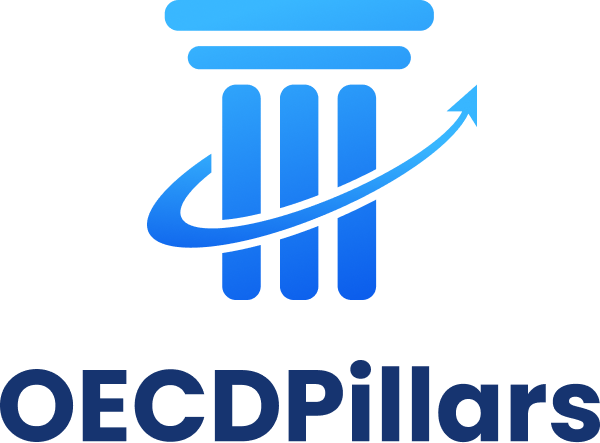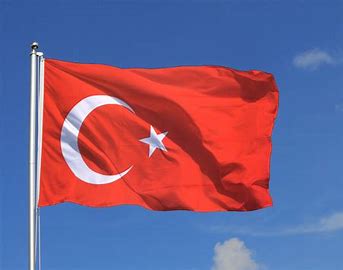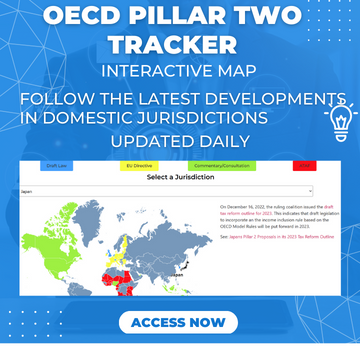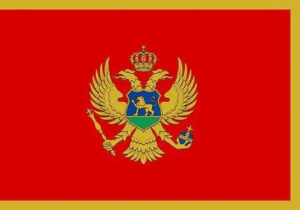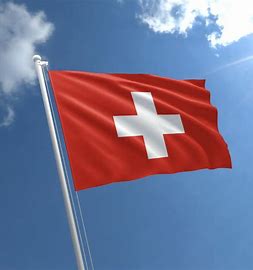Allocating Top-Up Tax under the UTPR
The UTPR percentage is based on similar substantive activities as the substance-based income exclusion ie employees and tangible fixed assets in the jurisdiction.
One of the aims is to ensure that the jurisdiction has sufficient capacity (such as deductible expenditure) to allow the UTPR adjustment to be made without there being unnecessary carry-forwards.
The UTPR percentage is defined in Article 2.6.1 of the OECD Model Rules as:
50% *(Number of employees in the jurisdiction/Number of employees in all jurisdictions)
+
50% *(Value of tangible assets in the jurisdiction/ Value of tangible assets in all jurisdictions)
This information is included in the MNE group’s CbC report so should be relatively easy to access.
See our interactive tool, the Simple Under-Taxed Payments Rule Calculator, to see how the allocation applies.
Under Article 2.6.1 of the OECD Model Rules, the value of tangible assets is based on the net book value of tangible assets which is taken straight from the financial accounts. It is an averaged figure based on the values at the beginning and end of the accounting period, and takes account of accumulated depreciation and any impairment losses.
The position of the UPE jurisdiction is interesting.
The UTPR percentage applies solely to allocate the UTPR top-up tax to the UTPR jurisdictions. This could also include a UPE jurisdiction if it had a positive UTPR percentage.
If the UPE was itself a low taxed jurisdiction, the UTPR would apply to entities located in that jurisdiction.
Even if the UPE had a qualifying IIR in place the UTPR would still apply to the domestic entities as the IIR would apply just to entities located outside the UPE jurisdiction.
Note that when calculating the UTPR percentage only jurisdictions that have a qualifying UTPR in place are included.
Exclusions from the UTPR percentage
There are a few exclusions from the UTPR percentage under Article 2.6.2 of the OECD Model Rules:
Firstly, employees and tangible assets of investment entities are excluded (assuming they weren’t already excluded anyway under the general scope provisions such as investment funds that are a UPE). They are excluded as they are not subject to the UTPR adjustment in any case.
Secondly, employees and tangible assets of flow-through entities are excluded assuming they aren’t attributable to a Permanent Establishment of the flow-through entity. If they were then the general provisions would apply, and the PE would be a separate constituent entity from the main entity and have its own UTPR percentage.
If there is no PE then the unallocated employees and tangible assets are allocated to other constituent entities in the same jurisdiction.
If there are no other constituent entities then the amounts are just excluded from the UTPR percentage calculation.
Carried Forward UTPR
Under Article 2.6.3 of the OECD Model Rules, if a jurisdiction has a carry-forward UTPR amount that hasn’t yet resulted in additional top-up tax payable it is excluded from the top-up tax allocation and the UTPR percentage is nil. In addition, any employees and tangible assets are excluded from the total amounts in the UTPR percentage calculation.
This applies on an MNE group basis. As such, just because the jurisdiction is excluded for one MNE group doesn’t necessarily mean it will be excluded for other MNE groups if for instance there is no UTPR carry forward attributable to them.
This only applies if there is at least one UTPR jurisdiction with a positive UTPR percentage.
If all of the UTPR jurisdictions have no UTPR percentage, there would effectively be no method to allocate the UTPR top-up tax.
As such, this rule is turned off in such situations and the UTPR top-up tax is allocated to the UTPR jurisdictions.
Initial Activity Exemption
Article 9.3 of the OECD Model Rules provides for an exclusion from the under-taxed payments rule (UTPR) for MNEs that are in the initial phase of their activity for a five-year period. The exclusion applies just for the UTPR – not the income inclusion rule (IIR).
An MNE Group is in the initial phase of its international activity if, for a fiscal year:
• it has constituent entities in no more than six jurisdictions; and
• the total Net Book Value of tangible assets of all constituent entities located in all jurisdictions, other than the jurisdiction where the MNE Group has the highest total value of tangible assets for the fiscal year in which the MNE Group originally comes within the scope of the Pillar Two GloBE Rules, does not exceed EUR 50 million.
The exemption ceases to apply to fiscal years that commence more than five years after the first day of the first fiscal year when the MNE Group originally came within the scope of the Pillar Two GloBE rules.

